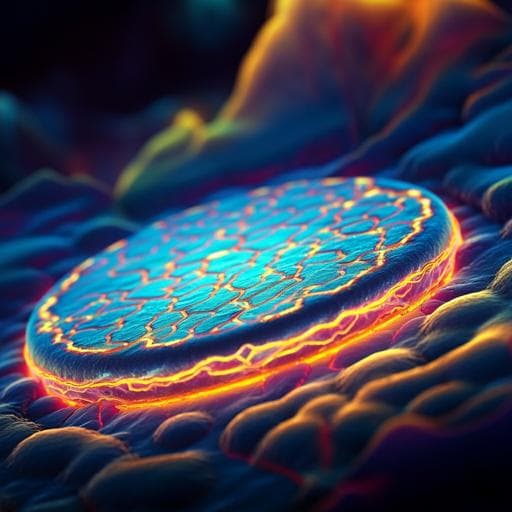
Engineering and Technology
Tackling realistic Li⁺ flux for high-energy lithium metal batteries
S. Zhang, R. Li, et al.
This groundbreaking research by Shuoqing Zhang and colleagues reveals a new mechanistic model for optimizing Li metal batteries by enhancing the solid electrolyte interphase. The study highlights the critical relationship between Li⁺ mobility and capacity loss, paving the way for the design of more efficient electrolytes that promise improved performance for LMBs.
~3 min • Beginner • English
Related Publications
Explore these studies to deepen your understanding of the subject.







